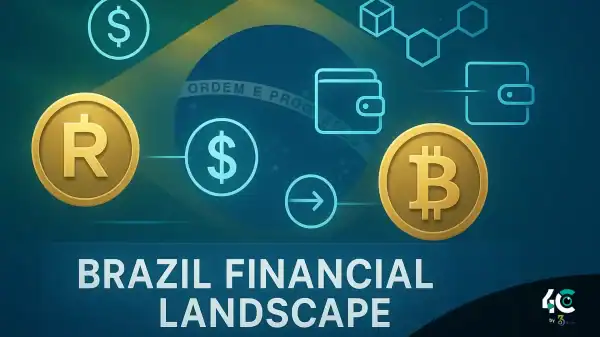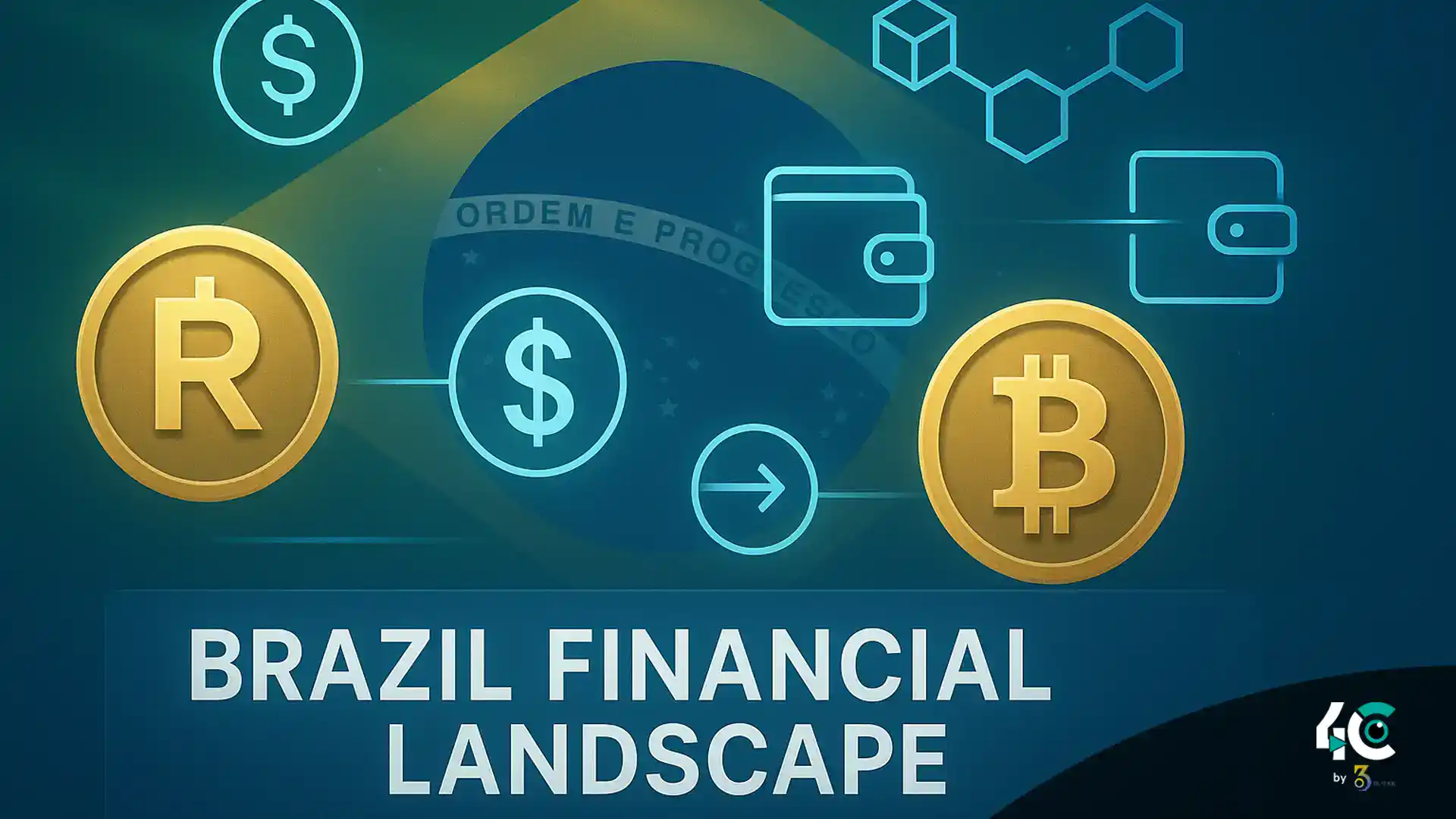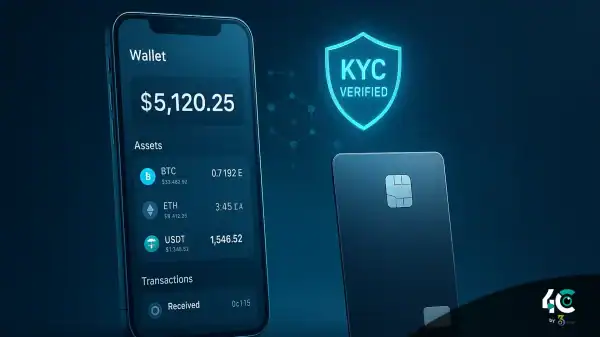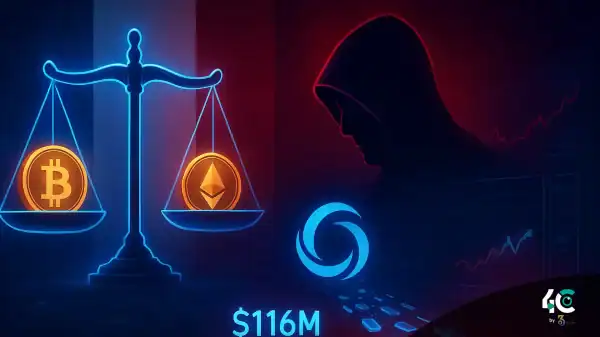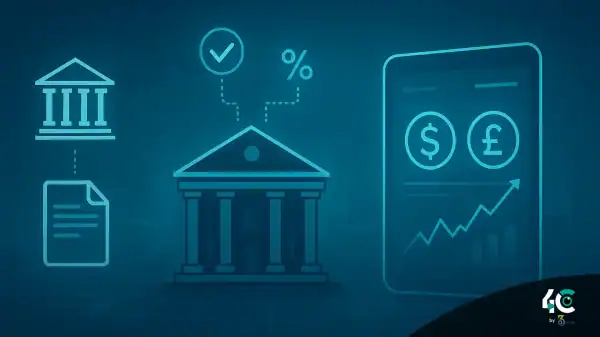Brazil’s Central Bank Classifies Stablecoin Transactions as Forex in Landmark Crypto Regulation
In a groundbreaking shift for Latin America’s largest economy, the Banco Central do Brasil (BCB) has finalized a new regulatory framework that places cryptocurrency companies under the same oversight as traditional banks.
The rules, outlined in Resolutions 519, 520, and 521, introduce a new licensing category known as Sociedades Prestadoras de Serviços de Ativos Virtuais (SPSAVs) — effectively transforming how digital-asset service providers operate in Brazil.
The new regulations extend anti-money laundering (AML) standards, consumer protection, and transparency rules to all major crypto intermediaries — from exchanges to custodians.
The measures officially take effect on February 2, 2026, with mandatory cross-border and capital-market reporting starting on May 4, 2026.
Also Read : OpenAI IPO: The Trillion-Dollar Leap That Could Change AI Forever
Stablecoins Now Classified as Foreign-Exchange Transactions
Perhaps the most dramatic part of the reform lies in Resolution 521, which classifies stablecoin transfers and trades as foreign-exchange (FX) operations.
This means that any purchase, sale, or international payment made with fiat-backed digital assets will be treated just like a traditional currency exchange.
Only licensed FX institutions and SPSAVs will be allowed to conduct such operations — with strict documentation and transaction limits. Transfers involving unlicensed foreign entities will be capped at $100,000 per transaction.
Even self-custody wallet transfers, when facilitated by an intermediary, fall under the new compliance umbrella. Service providers must verify the identity of wallet owners and track the flow of assets — effectively closing one of crypto’s last major regulatory loopholes.
While self-custody remains legal, exchanges and brokers must now report wallet interactions as formal FX operations, aligning them with mainstream finance.
BCB: Ensuring Legal Certainty and Financial Transparency
According to the Banco Central do Brasil, the framework’s goal is to enhance “efficiency and legal certainty” while curbing regulatory arbitrage.
By classifying stablecoin activity as FX, Brazil aims to integrate crypto flows into official balance-of-payments (BoP) statistics, providing a clearer view of the nation’s financial activity.
Central Bank President Gabriel Galipolo recently highlighted that over 90% of Brazil’s crypto transactions involve stablecoins, primarily used for payments — a figure that has raised concerns about money laundering and tax evasion.
He emphasized that while the nation supports innovation, the dominance of stablecoins in payment systems requires strong oversight to maintain financial integrity.
New Crypto Rules to Reshape Brazil’s Market Landscape
The new laws are expected to raise compliance costs for smaller crypto businesses while giving larger, licensed institutions an edge. Local platforms may need to restructure operations to meet the BCB’s banking-grade standards long before the 2026 deadline.
However, the message is clear — Brazil isn’t banning crypto. Instead, it’s inviting digital assets into the formal financial ecosystem — but under the same rules as fiat currency.
With this bold move, Brazil positions itself as a regulatory trailblazer in Latin America, moving decisively from crypto experimentation to institutional integration.



